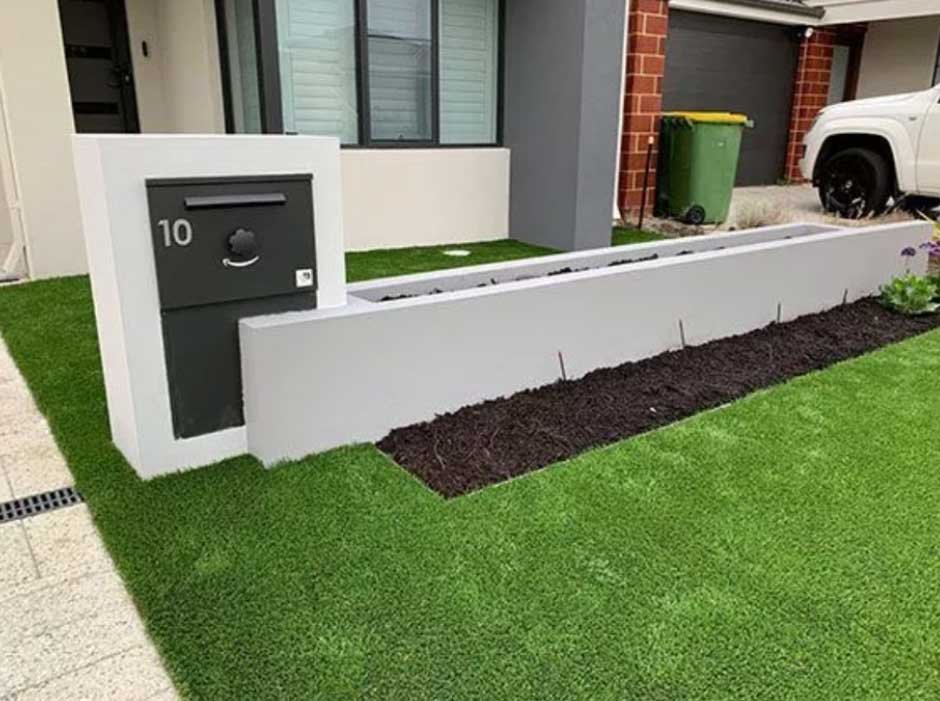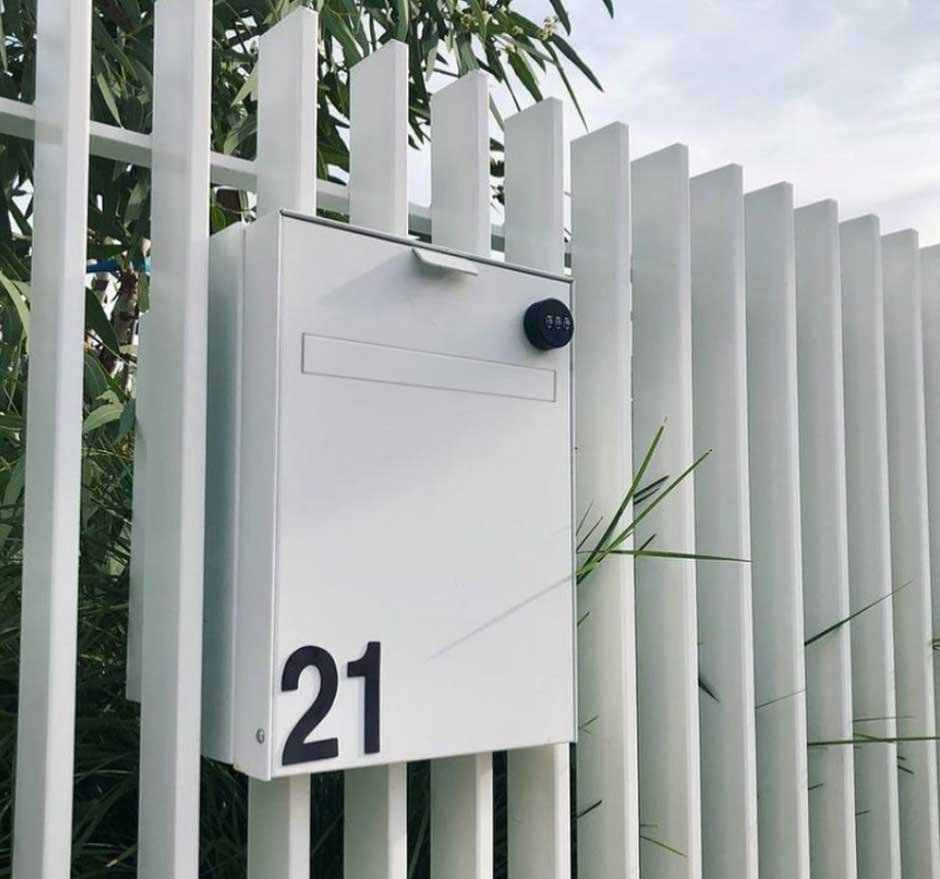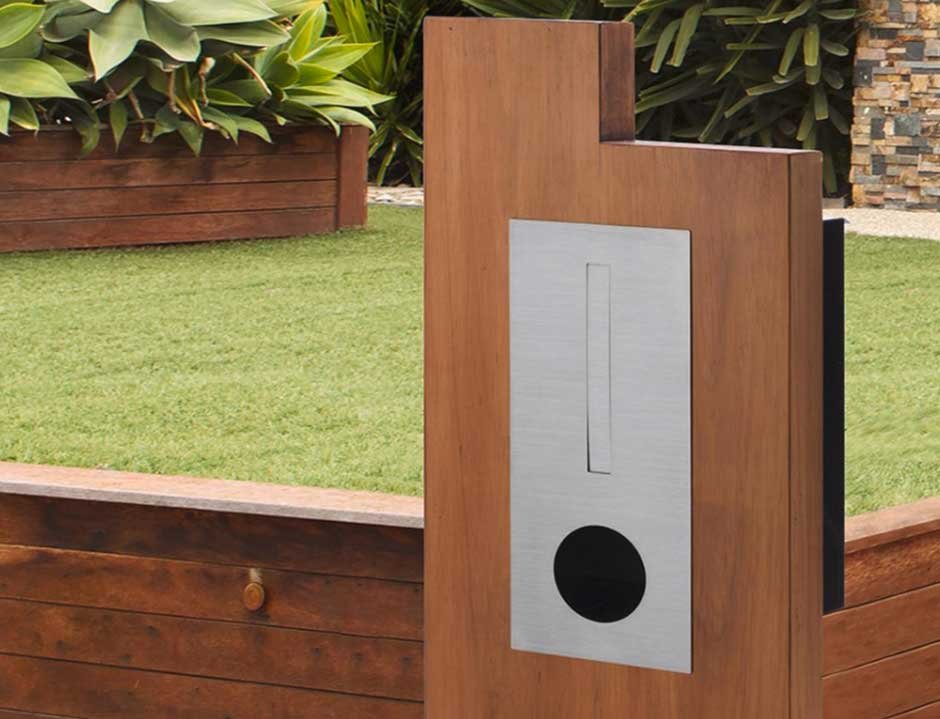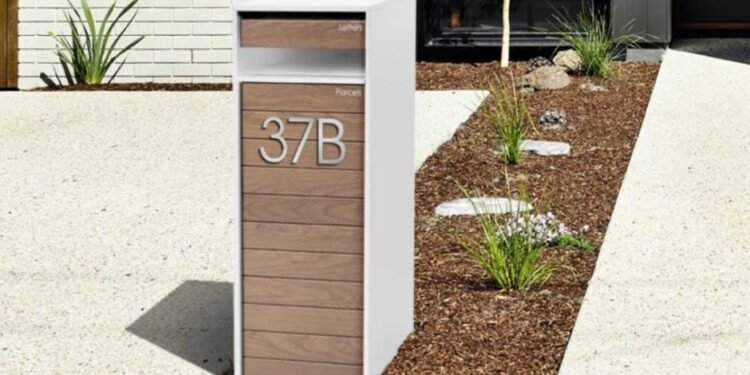It may seem old-fashioned to use a letterbox in an era when instant messaging and digital communication rule the day. Nonetheless, keeping a mailbox at home is still necessary and useful.
Even though letters are no longer often sent by post, certain essential services still rely on postal services to deliver important information:
- The Australian Government: They do communicate via email for a range of purposes. Official papers, however, are usually sent via postal service for a number of reasons, including non-repudiation (the receiver cannot say they never got the letter) and security.
- Banks: For security purposes, new cards or account updates are always sent by mail.
- Flyers: Despite the fact that they can be bothersome, flyers are still useful for small and local businesses looking to reach a specific regional audience that will benefit from their services.
- Packages and Parcels: Receiving packages and parcels has become commonplace with the rise in online shopping. A letterbox (depending on its size) offers a secure place for these deliveries.
To accommodate the needs of different homeowners, a range of letterboxes are available on the market. Here is what you need to consider to choose the right one.
Choose a Type of Mounting

Parcel Letterboxes
One of the most popular types of letterboxes you’ll come across is parcel letterboxes. They are sturdy, secure and larger containers made especially for receiving and storing mail and package delivery.
Typically installed outside a house, either by the front door or beside the driveway, parcel letterboxes ensure that deliveries are kept secure until you come home to pick them up. Their design often includes a secure slot or door mechanism where the parcel goes through and is kept secure, avoiding the risk of theft or damage from weather conditions. Models with varying capacities are available to accommodate different parcel sizes.
These letterboxes offer a safe and practical way to receive goods anytime of the day in a time when internet shopping is the standard. This gets rid of the annoyance of missing deliveries as well as the possibility of parcel theft.
Wall Mount Letterboxes
As the name suggests, a wall-mount letterbox is affixed directly to the exterior wall of the home or brick fence. They are typically installed near the front door, gate or entrance, making it convenient for homeowners to retrieve their mail without having to walk far from the entryway.
The compact design and no-ground installation of these letterboxes make them ideal for properties with limited space, such as urban homes or apartments.
Freestanding Letterboxes
A freestanding letterbox is a type of mailbox that stands independently on a post or pedestal. It’s often installed at the end of a driveway or alongside the sidewalk but can be installed anywhere you find it suitable on your property. This gives you flexibility in placement based on convenience, aesthetics or postal requirements.
Often larger in capacity compared to wall-mounted letterboxes, freestanding boxes can accommodate more mail and small packages. As they make it easier for postmen to access without the need to approach the house directly, they can be particularly beneficial in rural or suburban areas.
Fence Mount Letterboxes

For larger properties that are fenced, a fence mailbox is the best option. It allows you to receive your mail on time without requiring someone to come inside the house or unlock the door. The mailman typically doesn’t have to enter the property because the mail is inserted from the front and you don’t have to cross your property boundary because the entrance for emptying often faces the front yard.
Fence mount letterboxes are made to be as versatile as possible, and they are compatible with steel, brick, and wood fences. There are many different kinds, colours, and finishes to choose from, so you are likely to find one that complements the design of your fence.
Make Sure The Letterbox Comes with a Security System
Mailboxes are frequently targets of vandalism, so it’s important to safeguard your mail. Today’s manufacturers make sure their mailboxes are sturdy and safe storage by using sturdy materials. But this isn’t enough. The mailbox should also include a number of innovative security mechanisms such as a protective box construction, hidden fasteners, a convenient magnetic door latch, a steel or aluminium visor and discrete lock access. These security features will help secure your letterbox and safeguard your incoming mail.
Pick the Right Letterbox Size
To choose the right letterbox size, you’ll need to consider how much mail you get (and how many individuals use the mailbox together) as well as how frequently delivery arrives.
Keep in mind that the majority of letterboxes are designed to hold everyday mail and small packets, not large parcels. So, if you’re an internet shopper, you may want to think about getting a parcel letterbox, which is larger and can accommodate a great number of parcels.
Consider the Letterbox Material
Remember to take your local weather into account when purchasing a letterbox because it will greatly influence the material you pick.
The most common materials used to make letterboxes are:
Metal
Usually made from steel, aluminium, or even cast aluminium, metal mailboxes are durable and reliable. Although they are resistant to many types of weather, they may require periodic maintenance to prevent corrosion.
Wood

Wooden mailboxes have an enduring, traditional appeal. You may paint or stain them to fit the decor of your house, but to withstand the weather, they will need a little more maintenance.
Plastic
Plastic mailboxes require little upkeep and are renowned for their ability to withstand corrosion. They work well in places with humid or rainy conditions.
Consider the Design and Aesthetics
In addition to being practical, letterboxes also offer the opportunity to improve your home’s curb appeal and express your style. Look for letterbox models that complement the architecture of your property. With the variety of options for materials, colours and even personalised features, you’re sure to find a letterbox to add some uniqueness to the outside of your house.












